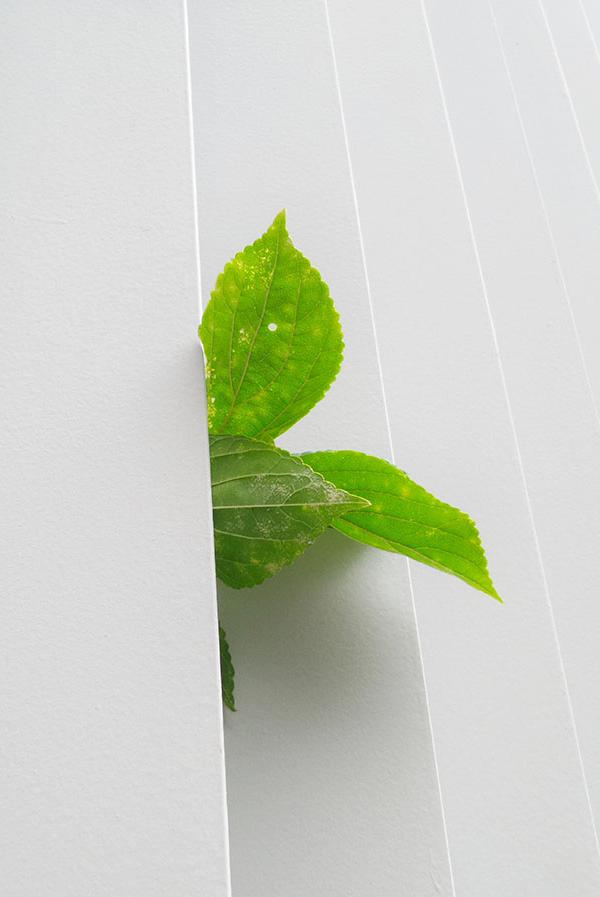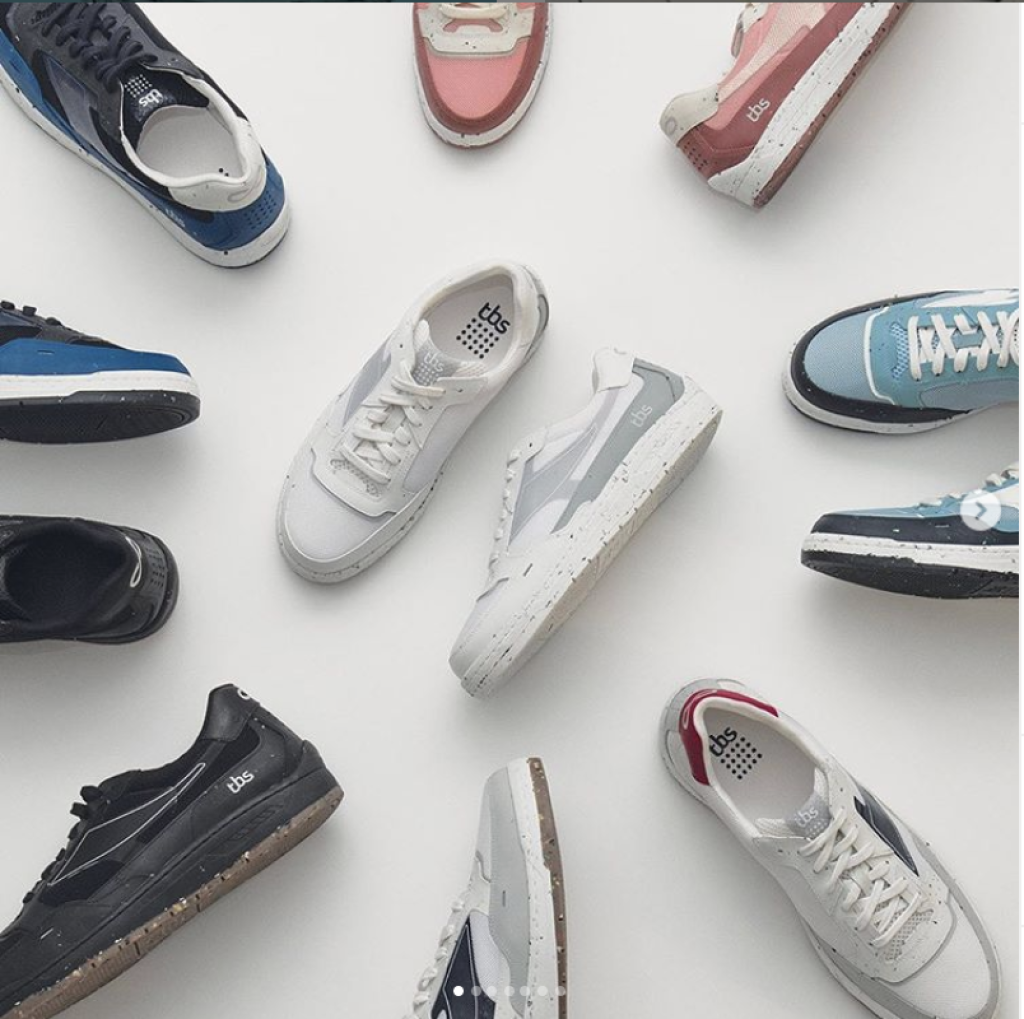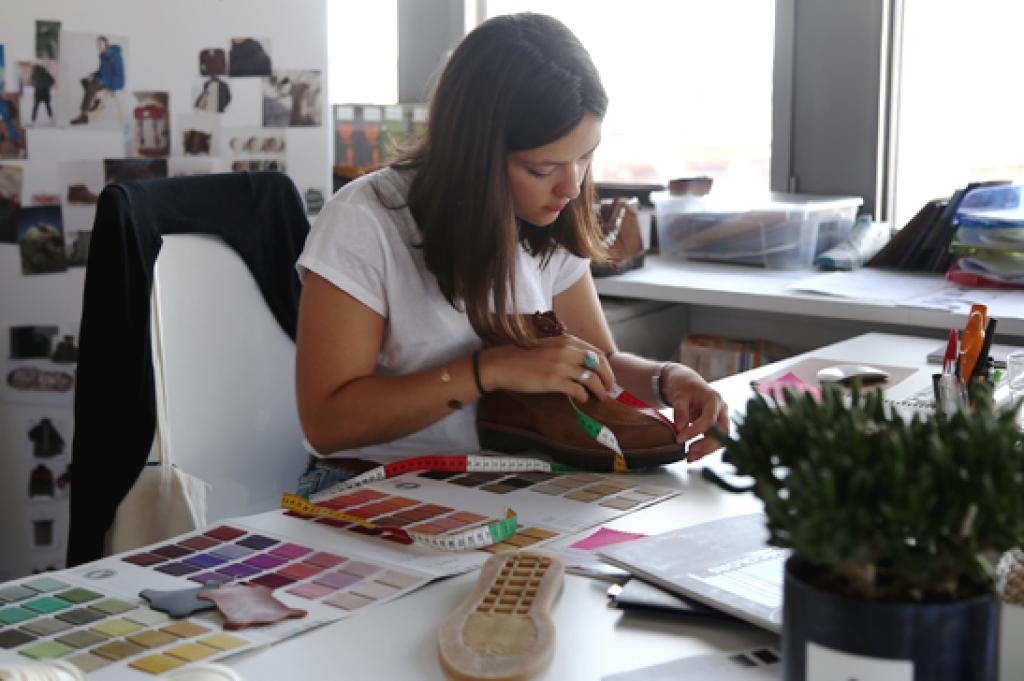Context and description
After collection and sorting, end-of-life clothing, textile products and footwear undergo a recycling preparation stage.
This constitutes the dismantling phase which consists in separating the different parts of the item and eliminating the "hard points" (external sorting disruptors, in other words, what can be separated from the fabric, for example zips, buttons, eyelets…).
In effect, without this dismantling phase, the hard points would most likely damage garnetting machines or generate sparks (likely to provoke a fire) and dust (reducing the quality of recyclable material).
Owing to this, clothing is often dismantled manually even if R&D projects are in progress in order to develop semi-automatic dismantling.
Manual dismantling therefore results in higher labour costs.
The eco-design of products, which consists in reducing the number of hard points, can, in this context, enable savings to be made.







